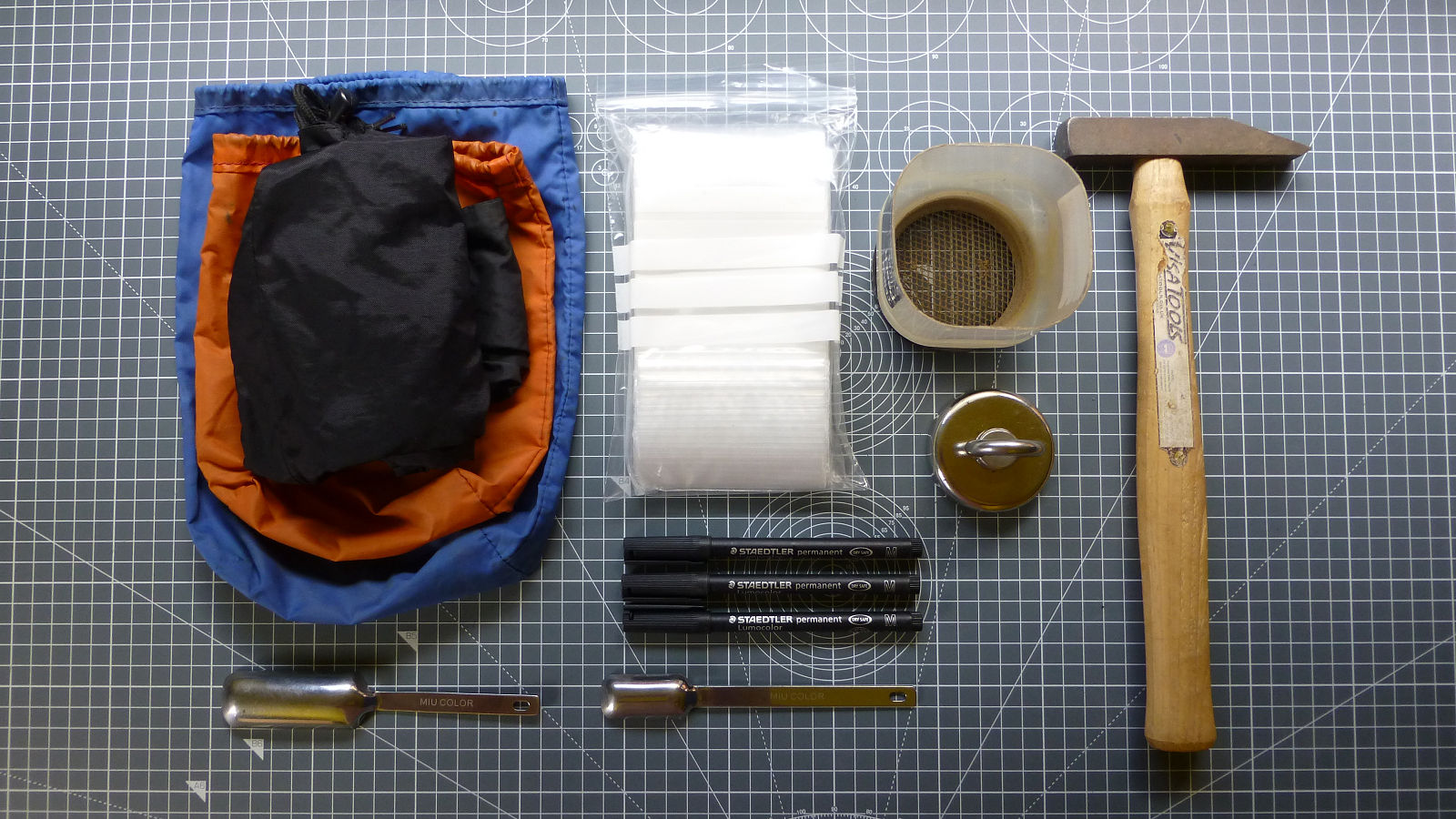It seemed reasonable that on a web site dedicated to the fascinating if somewhat unusual hobby of sand collecting that I should include a few words about why anyone would want to collect sand in the first place? There are many excellent and valid reasons to get into sand collecting, but here are just a few:
- There are no purchase costs – sand is free.
- No special tools or equipment are required.
- You can collect sand all year round.
- The delights of exploring new locations.
- Sand is easy to collect, just scoop some up.
- There is an endless variety of sands available.
- Storage and display costs are reasonably low.
- It gets you out in the Great Outdoors.
- The enjoyment of finding unusual samples.
- The pleasure of amassing a great collection.
- An unlimited number of locations to collect from.
- You can collect world-wide by trading with others.
Personally, there are a number of things I like about sand collecting. One is the actual process of collecting itself. Getting out in the field, finding and then visiting new locations and returning home with a bulging bag of fresh samples.
The thrill of finding new and unusual samples is difficult for the uninitiated to grasp. A good example was finding a band of dark ginger coloured sand in the exposed face of a sand and gravel pit. Then there’s also the post-collecting phase, first drying out the samples, sieving them and finally getting the samples ready for storage and display.
Believe it or not I also find sand interesting. Every patch of sand has a history, more a life cycle. It probably came from somewhere else, perhaps a distant mountain range and was transported there by glaciers many thousands of years ago. It may also have been formed locally by the action of wind and wave, as is often the case with sands formed mostly from the shells of sea creatures.
Another aspect of sand collecting is that there are always going to be new samples to find. Every beach, every river system, mountain range and every quarry, gravel pit or plain hole in the ground may have sand that is different in one way or another. The sample may be a different colour, have a different texture or be composed of different minerals. You have a never ending supply to collect. Even if the sample looks like any other, it will be different because it’s from a different locations and still collectable.
Sand collecting is similar to many hobbies where the collection of an item is involved. There is always the need to collect more and more samples, looking for rare and unusual types of sand is akin to searching for that rare stamp or travelling many miles to see a rare species of bird and ticking it off your list. Is collecting addictive? Yes, it can be. Am I addicted? Who knows? Then there’s the social side of sand collecting. With the advent of the Internet sand collectors across the globe can get in touch. There’s even an International Sand Collectors Society you can join.
Another way to contact fellow collectors is through the practice of exchanging sand samples. Many collectors list the spare samples they have available for exchange on their own web sites, or through some of the discussion boards dedicated to the subject. And there’s not just sand. You can also collect samples of clay, soil, silt and even mud as well.
Copyright ©2020 Gary Buckham. All rights reserved.


